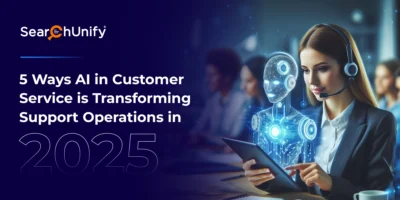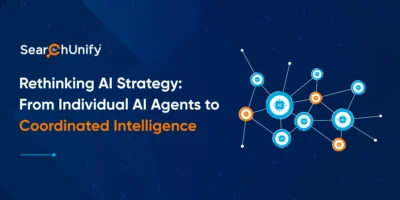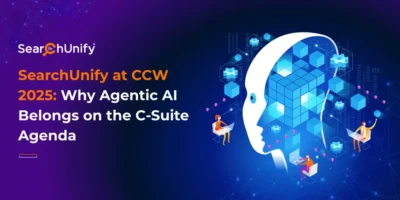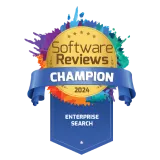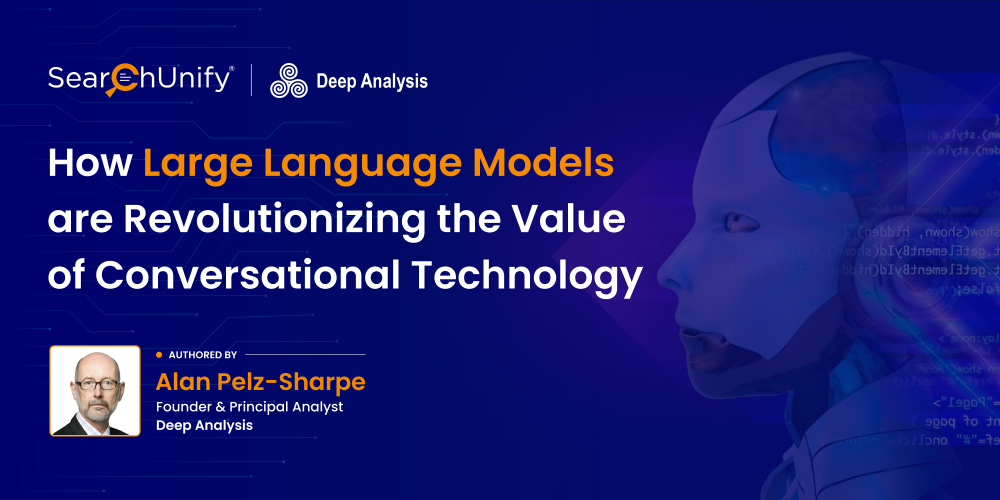
Chatbots are not new. They have been a source of considerable frustration for customers and companies alike. Instead of assisting a customer efficiently, they often add frustration to the customer experience. But that is about to change as chatbots are set to get a lot smarter.
The notion of resolution through conversation is at the center of all customer relationships. Whether between a prospect and a salesperson, a customer and a customer services representative, or an employee and a service desk expert, understanding the critical barriers to resolution through questioning and response is central to conversations. It’s a given that in pure human-to-human examples, the balance of empathy, insight, and knowledge is vital to a successful resolution and creating an ongoing relationship of trust.
The use of technology to manage conversational experiences for these interactions isn’t new. Knowing that humans use these techniques naturally to help triage a situation—to understand the subject, the urgency, and the desired outcome—has led us to try to recreate that question and response methodology. The question, response, and confirmation triumvirate allows the positing of a suggested next step along with a binary thumbs up or down as to how appropriate it might be, allowing a conversational agent (chatbot) to iterate through the steps it understands should contribute to a positive resolution.
Vital to the successful operation of such a system is the ability to understand the context of the question and to have access to enough of a range of information to be able to apply that to the conversation being engaged. These elements combine to underline the agent’s credibility in domain knowledge; do they understand me and my situation?
Our organizations are packed with rich sources of knowledge that can power that credibility, both structured and unstructured. Traditional approaches to powering conversation agents have focused on providing a strict, structured flow to deliver knowledge, making that chatbot often no more credible than a telephone IVR. This was often not because that was the limit of what the organization knew, but it was the limit of what it could formally structure and manage.
Large language models (LLMs) enable a much larger pool of internal and external knowledge to be available to a conversational agent to help it manage situations in ways that previously would have been beyond its scope. Primarily, LLMs manage information in such a way as to make the assembly of multiple separate sources into a coherent response to a prompt in real-time. Rather than being limited to a set of managed responses, an LLM can provide an aggregated response from a variety of sources as best fits the precise nature of the question asked. This means the potential to answer questions that require a mix of internal and external information and contain multiple clauses.
In customer or prospect-facing situations, an LLM-enabled chatbot can utilize that knowledge-rich environment to answer product or service questions, with the potential to add the context provided by a CRM or other marketing system for adding credibility and domain expertise to the response. Relevant but externally sourced information can, like geographical information such as climate, augment responses where appropriate, and an LLM-enabled agent can assemble these disparate sources into a coherent response.
Internally-focused conversations—where the employee is more easily identifiable from the get-go—can be even richer from the beginning. Knowing a range of information, the interaction can be grounded in that employee’s reality; where they work, which systems they access, their reporting structure, previous interactions, and conversations. Having the LLM to help build responses to the sort of rich prompts that can be populated with all the situational data can provide much faster, relevant resolution suggestions.
Ultimately, the advantage of using an LLM-enabled approach is that it brings us closer to offering end-to-end assistance rather than using agents to hand off conversations to traditional web pages or FAQ systems. The broader, richer responses that an LLM enable means that a single, consistent, and credible agent can respond to the entire experience, from the initial welcome to the confirmatory conclusion. A single point of contact such as this provides a seamless experience regardless of the wider variety of potential journeys a client might present. And that is big, for when LLMs are used effectively, they deliver significant increases in positive customer engagement, retention, and conversions.
Interesting, right? Want to hear more? Join Vishal Sharma, CTO, SearchUnify, and me in an upcoming webinar where we discuss how LLMs will enable chatbots to deliver on the original promise of relevant responses, reduced support costs, and effortless scalability. You can register for the same here.


